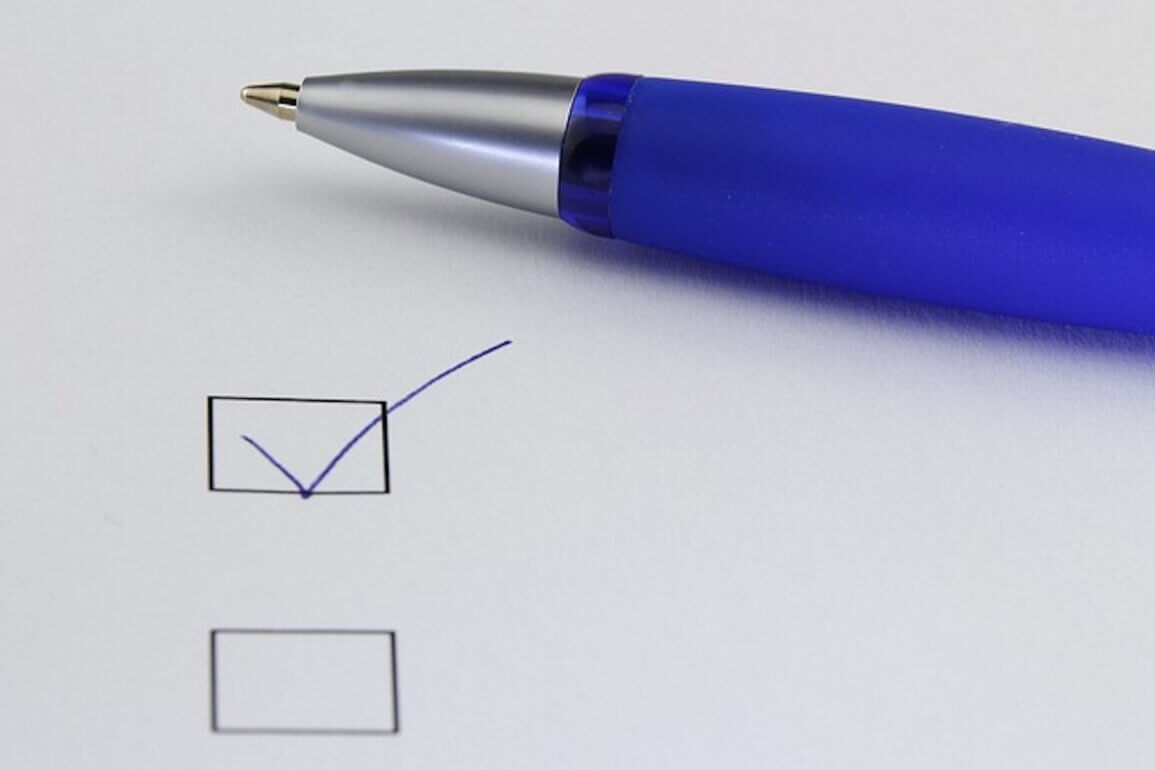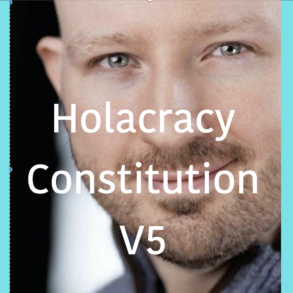Enlivening Edge Magazine Editor’s note: For many EE Magazine articles on decision making click here. For detailed comparisons check this out.
By Lennard Toma and originally published as a single article in the Corporate Rebels blog
When it comes to decision-making, there are several types of consent to choose from. Which one is best for your organization? Should you know and use all of them, depending on the issue at hand? In this post, we’ll take a closer look at four of the most popular consent decision-making methods. While the consensus and authoritarian methods have some drawbacks, the consent format is considered the best approach.
Sociocracy 3.0
Let’s start with Sociocracy 3.0 (S3), developed by James Priest, Bernhard Bockelbrink, and Liliana David. S3 is an open-source set of modular principles and methods to organize your organization. Within it, there’s a consent form of making decisions, which is commonly used at People’s, the place where I work.
The S3 decision-making process is based on addressing tensions. It starts with someone uttering a tension and presenting it as a Driver. The Driver consists of a few lines of text where the person states objectively what’s going on (observation), what the result of that observation is (effect), defines what is needed (need), and what the impact would be (impact). The next step is to vote on the Driver to see if it’s relevant, and once it’s approved, it’s prioritized.
When it’s time to do something with the Driver, the proposal phase starts, where the wisdom of the crowd is sought. After that, two or three people (Tuners) are assigned to take the information and make a proposal. In the next session, the proposal is read, and it’s time to vote again.
The voting process within the S3 consent method has three hand gestures and, therefore, three options. People raise their fists, and at the count of three, people can either show a thumbs up (good enough for now and safe enough to try), a shaking/doubting hand gesture (a concern: still good, but keep X in mind), or a palm-up gesture (an objection: review and change the proposal).
Who will vote depends on the people impacted by the decision. In the case of a large group, you can vote on the proposal within circles or roles, as S3 operates with roles and circles. This support base is good because objections are incorporated, and concerns can be raised, which adds to the proposal but doesn’t stop it to a halt.
Advantages S3 decision-making:
- Incorporates the wisdom of the crowd.
- Offers a relatively quick voting process.
- Provides a comprehensive decision-making process.
Downsides S3 decision-making:
- Can be a bit complex with a learning curve.
- Slows down in large groups.
- Involves interdependence of patterns.
- The interpretation of “good enough for now and safe enough to try” can vary.
- Requires governance-style meetings to maintain momentum.
Integrative decision-making process (Holacracy)
The decision-making process in Holacracy, developed by Brian Robertson and his company Holacracy One in 2007, is used mainly in Governance meetings within circles to resolve proposals. S3 has adopted some of these processes, making them closely related. Based on tensions within roles and circles, Holacracy identifies who will speak during meetings to make the process ultra-efficient.
During the decision-making process, a tension is brought up, and a proposal is often presented by the person who has the tension. The steps are as follows: 1) present proposal; 2) ask clarifying questions; 3) hold a reaction round; 4) amend and clarify; 5) hold an objection round, where everyone speaks, including the proposer, and objections are tested; 6) conduct an integration round, where the objector and proposer try to fix the proposal so that the objection is no longer there while addressing the proper tension.
As people work in roles and circles, they can make their own decisions within those if others are not affected.
Advantages of Integrative decision-making:
- Employs a tight structure with high efficiency.
- Facilitates quick creation of proposals.
- Incorporates objections into the decision-making process.
- Distributes responsibilities and ownership.
- Has the potential to work effectively in large groups.
Downsides of Integrative decision-making:
- Offers limited wisdom of the crowd in proposals.
- Involves an elaborate structure with a steep learning curve.
- May necessitate consultants for proper implementation.
- Requires governance-style meetings.
- Provides limited flexibility.
Deep Democracy
Deep Democracy is a decision-making process that emphasizes hearing every voice and exploring the underlying emotions and dynamics present in group interactions. Coined by American psychotherapist Arnold Mindell, the term was further developed by Myrna and Greg Lewis in South Africa during the 1990s.
The process involves four main steps, starting with:
- Collecting all kinds of information from group members through various methods such as “on your feet,” where individuals step forward to answer a posed question, and others can align themselves behind the responses they support.
- Empowering the minority voice, actively seeking out deviant perspectives to enrich the decision-making process.
- Spreading the no, ensuring that the deviant perspectives are backed by multiple members and subject to a vote. If unanimous, the proposal is taken; if there is a majority, the process moves to step four.
- In this step, the minority adds to the proposal of the majority, and a final vote is taken. If the process fails after three rounds, it may be necessary to explore deeper issues.
Advantages of deep democracy decision-making:
- Offers a thorough process for complex problems and proposals.
- Incorporates the wisdom of both the majority and minority, suitable for groups of all sizes.
- Allows for the surfacing of deeper issues and emotions, enhancing collaborative decision-making.
- Adaptable to different contexts and situations.
- Emphasizes hearing every voice, promoting inclusivity and engagement.
Downsides of deep democracy decision-making:
- Can be time-consuming, potentially requiring a full day or longer for complex issues.
- Requires a well-trained facilitator for success, incurring additional costs.
- May not be suitable for everyday decision-making, more appropriate for larger and complex issues.
- Demands everyone’s buy-in and willingness to participate, which can be challenging in the presence of power dynamics or conflicts.
Advice Process
The Advice Process, originally coined by Dennis Bakke for AES Corporation and popularized by Frederik Laloux in his book “Reinventing Organizations,” is a simple yet effective decision-making process.
This process is based on tensions and can be initiated by anyone in the organization who notices a problem or sees something they want to change for the better. You only need to ask advice from the people impacted by the decision. And do whatever you want with the advice.
Advantages of the Advice Process:
- Simple and easy to understand.
- Incorporates the wisdom of the crowd.
- Encourages a sense of autonomy in the organization.
- Free to use and implement.
Downsides of the Advice Process:
- Advice is not always incorporated into the final decision, potentially leaving some individuals feeling excluded.
- Not suitable for all decisions, particularly those that are larger or more impactful.
- While it encourages ownership, it may lead to individuals making decisions without proper consultation, potentially causing confusion or conflict within the organization.




